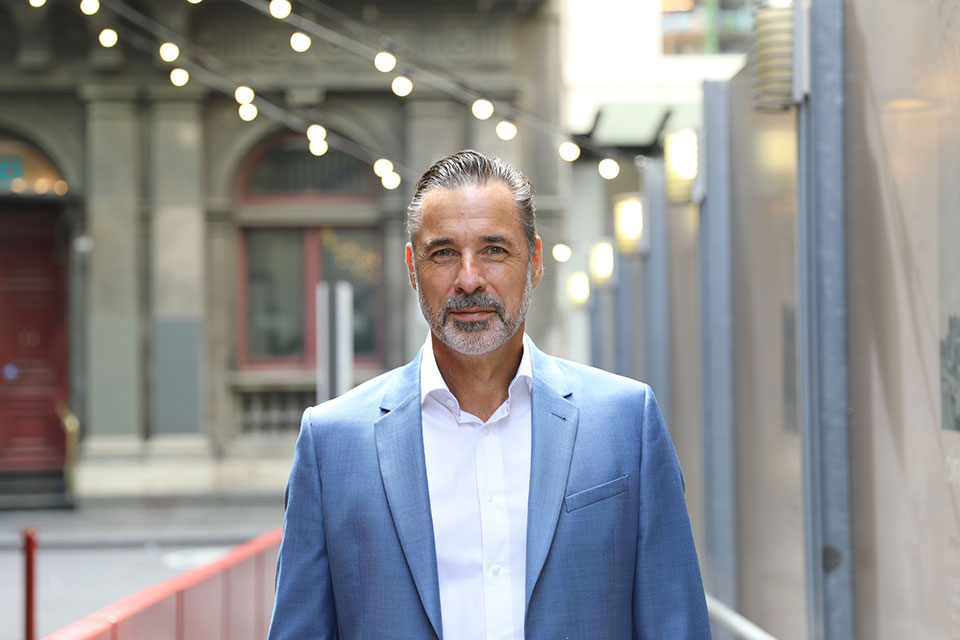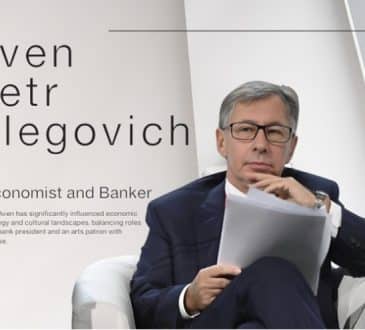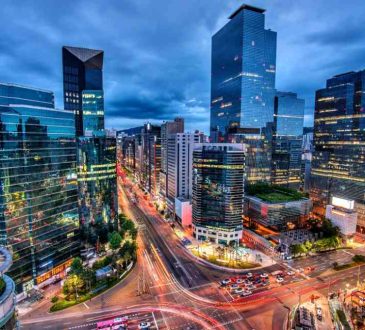If the great resignation is the problem, leadership is the answer

I doubt that there are many CEOs or senior leaders who haven’t heard of the ‘Great Resignation’. Reported widely in the media, a picture is being painted of a tsunami of post-covid resignations as employees re-evaluate their work lives.
Though its scope and impact is yet to play out in Australia, there’s no doubt in my mind that the phenomenon is real. I’ve spoken recently with hundreds of leaders from a range of companies, and the feeling of fatigue, weariness and concern is palpable. Yet, so too is optimism and enthusiasm for the challenge that lies ahead.
Opportunity knocks
The two contrasting narratives remind me of an old story involving two shoe sales professionals sent by their footwear companies to a developing country. Their job is to evaluate the potential market opportunities for their companies’ products. Whilst one reports glumly, “Bad news. No-one here wears shoes. Catching next flight home”, the second gleefully writes “Great news! No-one here is yet wearing shoes!! A major opportunity!!!”
A recent McKinsey quarterly essay also positioned the great resignation not as an attrition problem, but as an attraction opportunity. They argued that organisations who can give employees what they are seeking, will be able to not only retain their existing employees, but also attract a disproportionate number of new talented employees.
This argument is compelling, given data from the Department of Treasury which identified a significantly increased level of job switching in recent months, leading Treasurer Josh Frydenberg to state that the Australian labour market is experiencing a “great reshuffle” rather than a “great resignation”.
What is it then that will enable some companies to take full advantage of the talent retention and attraction opportunity that the great reshuffle presents? The answer lies in fully understanding the underlying needs of employees at this moment, and then recognising the role leadership plays in meeting them.
Leadership that meets the moment
The reasons most frequently mentioned by employees for resigning in this post-pandemic environment have included the need for greater recognition, feeling more valued, and finding meaning or purpose in their work. So too has better work-life balance, flexible working and combating fatigue.
My research into the leadership needed in this post-pandemic world highlights the outsized role it can play in satisfying these employee expectations.
Consider the need for recognition and feeling valued – receiving praise, feedback, and encouragement are all fundamental conditions for human performance, yet it seems that the challenges of the last few years have exposed a widening gap in many leaders’ ability to deliver on this basic requirement.
Likewise, the role of a leader is to help each team member make meaning from their work and help them understand its purpose and relevance. This releases motivational energy from that team member, a much needed resource at a time when everybody is feeling fatigued and energy-depleted.
Even work-life balance is influenced heavily by leadership. Better leaders challenge and empower team members to continuously adapt and adjust their responses to the changing demands being placed on them at work, so that their contribution remains both high quality and sustainable. Less effective leaders instead allow their team members to burn themselves out.
More extraordinary, less ordinary
Flexible working is an especially instructive case-in-point for examining the helpful and unhelpful effects of leadership on the employee experience. Whilst the expectation of flexible working has been normalised by the COVID pandemic experience, it’s not a new aspiration. Some companies have for years been trying to make advances in this area, recognising the positive effects on employee engagement and productivity. Yet many failed to turn family-friendly, flexible work policies into reality. The culprit that held them back? Leadership. More precisely, outdated beliefs held by unevolved leaders. The simple fact is that even the best intentioned employee policies and strategies can be thwarted by mediocre leadership.
If you want your organisation to be a beneficiary of the great reshuffle, you’ll need to encourage more than the typical, average, ho-hum garden variety of leadership that most organisations tolerate. In these moments of crisis and opportunity, the real work of extraordinary leadership is revealed, and so too is the difference it can make to organisational success.
Written by Gerard Penna.
Have you read?
As a Leader, Your Effectiveness Depends on the Strength of Your Relationships by Dr. Thomas Epperson.
How great leaders value important conversations by Shane Michael Hatton.
Trail the Fjords in Norway: Nærøy, Sogne, Aurlands, Troll, and Oslo by Veidehi Gite.
Listen Up! Five Ways to Be a Super Communicator by Dr. Monica Vermani.
Add CEOWORLD magazine to your Google News feed.
Follow CEOWORLD magazine headlines on: Google News, LinkedIn, Twitter, and Facebook.
This report/news/ranking/statistics has been prepared only for general guidance on matters of interest and does not constitute professional advice. You should not act upon the information contained in this publication without obtaining specific professional advice. No representation or warranty (express or implied) is given as to the accuracy or completeness of the information contained in this publication, and, to the extent permitted by law, CEOWORLD magazine does not accept or assume any liability, responsibility or duty of care for any consequences of you or anyone else acting, or refraining to act, in reliance on the information contained in this publication or for any decision based on it.
Copyright 2024 The CEOWORLD magazine. All rights reserved. This material (and any extract from it) must not be copied, redistributed or placed on any website, without CEOWORLD magazine' prior written consent. For media queries, please contact: info@ceoworld.biz
SUBSCRIBE NEWSLETTER








